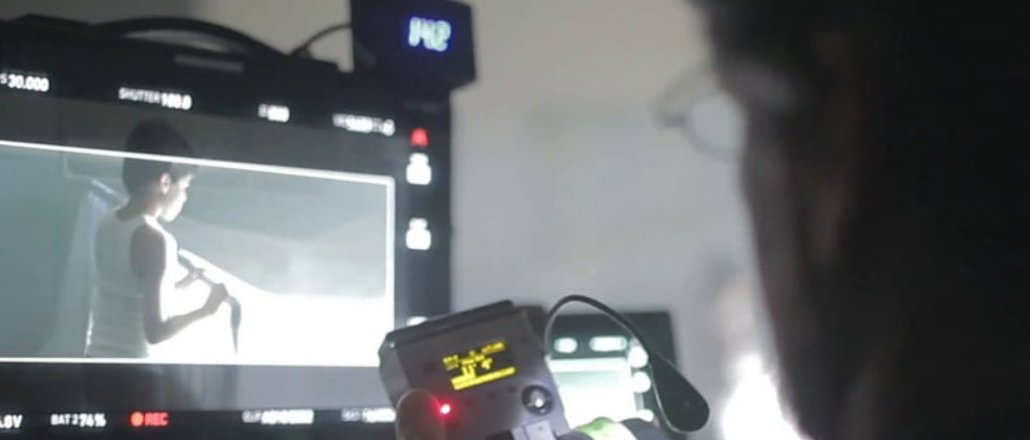
For over a decade, Vimeo has been steadfast about not offering pre-rolls advertising, but that doesn’t mean it’s not willing to work with brands.
The IAC-owned company, which is akin to YouTube for the artistic set, has an in-house branded content studio, which has worked with advertisers ranging from The Lincoln Motor Company to Samsung to create original videos and series. These videos live in brand channels built by the company for its partners. A typical recent effort was “The Connected” short-film series with Samsung. It included films like Drew Christie’s “Department of Communication,” which parodies old-school educational films by showing useless inventions made by the titular agency. There is no Samsung branding in the film. At most, some of the films in the series feature characters using a Samsung device.
If branded content ranges from nothing to do with the brand to commercial, Vimeo’s is closer to the former than the latter.
All branded content is produced by the six-person Vimeo brand studio team of producers and account managers, which acts as a consultant between the brand and a director from the Vimeo community. Whether just getting broad ideas about the type of work an advertiser wants to do or a detailed creative brief, Vimeo is the one to pitch specific ideas. Once an advertiser agrees, it goes about selecting filmmakers for the project. There are about 4,000 filmmakers whose previous work has been featured by Vimeo under its “Staff Picks” program. A typical Vimeo branded-content deal includes between three and 10 short films, each directed by a different filmmaker.
“We’re very upfront with brands going in,” said Rich Bloom, vp of global business development and brand partnerships for Vimeo. “They need to be comfortable with [the idea that] working with us is about giving a certain amount of creative freedom to creators.”
This doesn’t mean brands are “blindly handing over money,” said Bloom. They agree to the content before it gets made and are involved in the editing process before a final cut is produced. But Vimeo isn’t about creating straight ads.
Brand work is something of a sidelight for Vimeo. Its business model is driven by paid subscriptions of its Vimeo Pro and Plus products as well as its Vimeo On Demand platform, which allows content owners to sell their work directly to fans. Vimeo did just 15 brand deals last year. “Every once in a while, there’s an opportunity that we bow out of because the brand wants content that is too advertorial, which we know our audience wouldn’t appreciate,” Bloom said.
“There is no low-friction way to be an advertiser with Vimeo,” said Molly Sugarman, vp and managing director for Treehouse at Horizon Media. “Advertisers need to know going in that they’ll be looking at something that’s more of a partnership.”
Advertisers also need to know what Vimeo is and isn’t. If YouTube is mainstream, then Vimeo is arthouse cinema. That affects the type of content brands should look to create for Vimeo, as well as how they plan their campaigns around the piece of content.
For branded content, the question with Vimeo remains scale. The platform reached 78.2 million unique viewers in the U.S. in December, which puts it a distant fourth behind YouTube, Facebook and Yahoo, according to comScore. (Internationally, the platform had 212.7 million unique viewers on desktops, with more than a billion views.) Vimeo didn’t disclose how much branded content accounts for its global viewership, but it’s likely a small percentage.
Brands retain ownership of the content, which means they are given freedom to distribute the content on the platforms using the embeddable Vimeo player, said Bloom. Samsung, for instance, distributed its “Connected” series on Tumblr in addition to Vimeo.
“At the very least, brands would need to drive people to Vimeo aggressively,” said Sugarman. “Putting it up on Vimeo and leaving it there is not going to give you the bang for the marketing dollar that most brands would expect.”
More in Media

Publishers are hunting for AI prompt data — now they’re starting to get it from third-party companies
Publishers are finally gaining some visibility into AI search, as new prompt data tools crack open a black box.

Digiday+ Research: Publishers’ growing focus on video doesn’t translate to social platforms
Major publishers have made recent investments in vertical video, but that shift is not carrying over to social media platforms.

Technology x humanity: A conversation with Dayforce’s Amy Capellanti-Wolf
Capellanti-Wolf shared insight on everything from navigating AI adoption and combating burnout to rethinking talent strategies.





